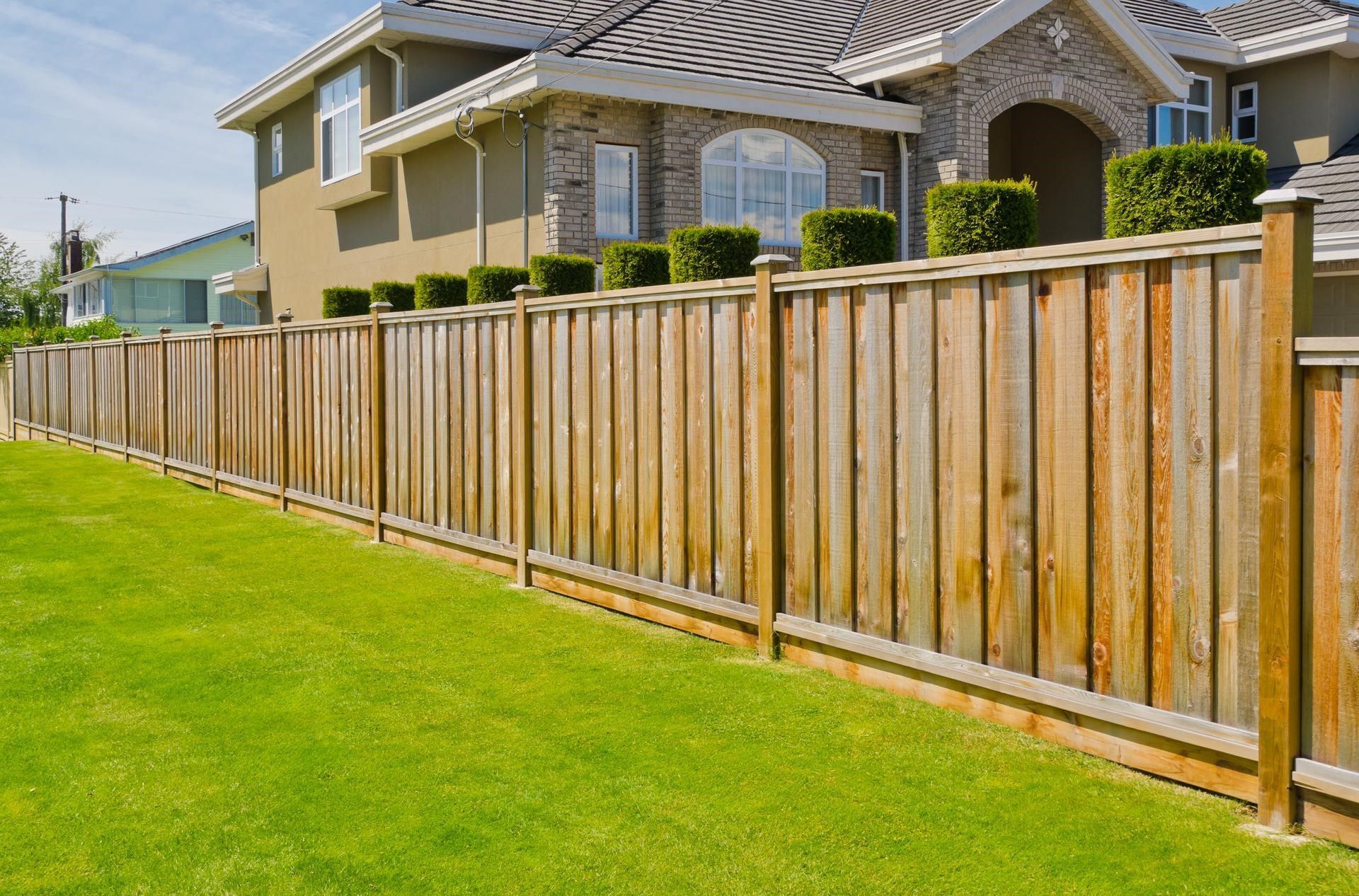All Categories
Featured

Recognizing the indications that your fence needs to be changed can help you prevent additional damage and keep the safety and look of your property. Here are some key indicators that it's time to change your fence.

- Noticeable Damage or Degeneration
Among one of the most obvious indications that your fence requires to be replaced is visible damages. Whether it's from weathering, crashes, or insects, any type of major fractures, splintering, or missing out on boards can considerably decrease the architectural integrity of your fence. Replacing the whole fencing might be more affordable in the long run. if the damages is extensive and goes past simply a couple of repair services.
- Leaning or Sagging
A leaning or sagging fencing is a clear sign of a trouble. In time, the articles and rails can shift due to dampness, decaying, or poor installment. If your fence is no much longer standing right or leaning at an angle, it's an excellent indication that the structure is compromised, which might call for a complete substitute. Also if the fence seems leaning somewhat, maybe a sign of underlying structural concerns that could get worse with time.
- Rotting or Worn Out Wood

Wooden fencings are particularly vulnerable to rot and decay, specifically in areas that experience high levels of wetness or moisture. If you discover that components of your wooden fencing are soft, blemished, or have noticeable mold, these are all indicators of rot.
- Rust and Corrosion (For Steel Fencings)
If you have a metal fence, corrosion and corrosion are usual indicators of wear and tear,. With time, direct exposure to rainfall, snow, and humidity can cause metal fences to create rust places, which can spread out and damage the framework. While small rusting can sometimes be repaired, extensive rusting or deterioration may make the fence risky and require a complete substitute. If you observe any substantial weakening or large areas of rust, it might be time to consider replacing your steel fencing.
- Fence No Longer Meets Your Demands
Another reason to change your fencing might be that it no much longer offers its desired purpose. Gradually, your demands might transform-- maybe you need a higher fencing for even more privacy or a more powerful one for raised safety. If your fence no more meets your needs or doesn't line up with your current preferences, it may be time to update to a new, a lot more practical style.
- Fading and Discoloration
While fading and staining are usually cosmetic problems, they can still show that your fence is maturing. Direct exposure to UV rays and severe weather condition can cause fencings to shed their original shade, making them look worn and plain. If the fading is extensive and you've currently tried staining the fencing and cleaning up, it may be time to change it to bring back the appearance of your residential or commercial property.
- Frequent Fixings
If you locate yourself frequently repairing your fence, it could be a sign that the fence is nearing the end of its lifespan. While minor fixings can extend the life of a fencing, frequent solutions might show that the framework is no longer stable. In this situation, it may be a lot more affordable to change the whole fence instead of proceeding to invest in repair work.
Verdict
Changing a fencing is a significant financial investment, however it is important for preserving the privacy, safety and security, and visual allure of your residential property. If your fencing is revealing signs of damage, rot, leaning, or other architectural concerns, it's vital to analyze whether a replacement is needed. By recognizing these indication early on, you can make enlightened choices about when to replace your fence, ensuring your home remains safe and secure and visually appealing for years to come.
Latest Posts
Join WyHy FCU – Exclusive Benefits for Your Financial Success
Published May 22, 25
1 min read
Join WyHy FCU – Top Benefits for Your Financial Future
Published May 21, 25
1 min read
Discover Cost-Effective Auto Repairs with Montclare’s Monthly Service Specials
Published May 20, 25
1 min read
More
Latest Posts
Join WyHy FCU – Exclusive Benefits for Your Financial Success
Published May 22, 25
1 min read
Join WyHy FCU – Top Benefits for Your Financial Future
Published May 21, 25
1 min read
Discover Cost-Effective Auto Repairs with Montclare’s Monthly Service Specials
Published May 20, 25
1 min read